- Wondering how to get Monopoly GO! free rolls? Well, you’ve come to the right place. In this guide, we provide you with a bunch of tips and tricks to get some free rolls for the hit new mobile game. We’ll …
Best Roblox Horror Games to Play Right Now – Updated Weekly
By Adele Wilson
Our Best Roblox Horror Games guide features the scariest and most creative experiences to play right now on the platform!The BEST Roblox Games of The Week – Games You Need To Play!
By Sho Roberts
Our feature shares our pick for the Best Roblox Games of the week! With our feature, we guarantee you'll find something new to play!All Grades in Type Soul – Each Race Explained
By Adele Wilson
Our All Grades in Type Soul guide lists every grade in the game for all races, including how to increase your grade quickly!
Spider: Rite of the Shrouded Moon Review – Deep Web
In 2009, developer Tiger Style surprised players with a game unlike any we’d experienced on mobile. Spider: The Secret of Bryce Manor combined simple arcade gameplay with a surprisingly deep and mature narrative, told only through the rooms and remnants …
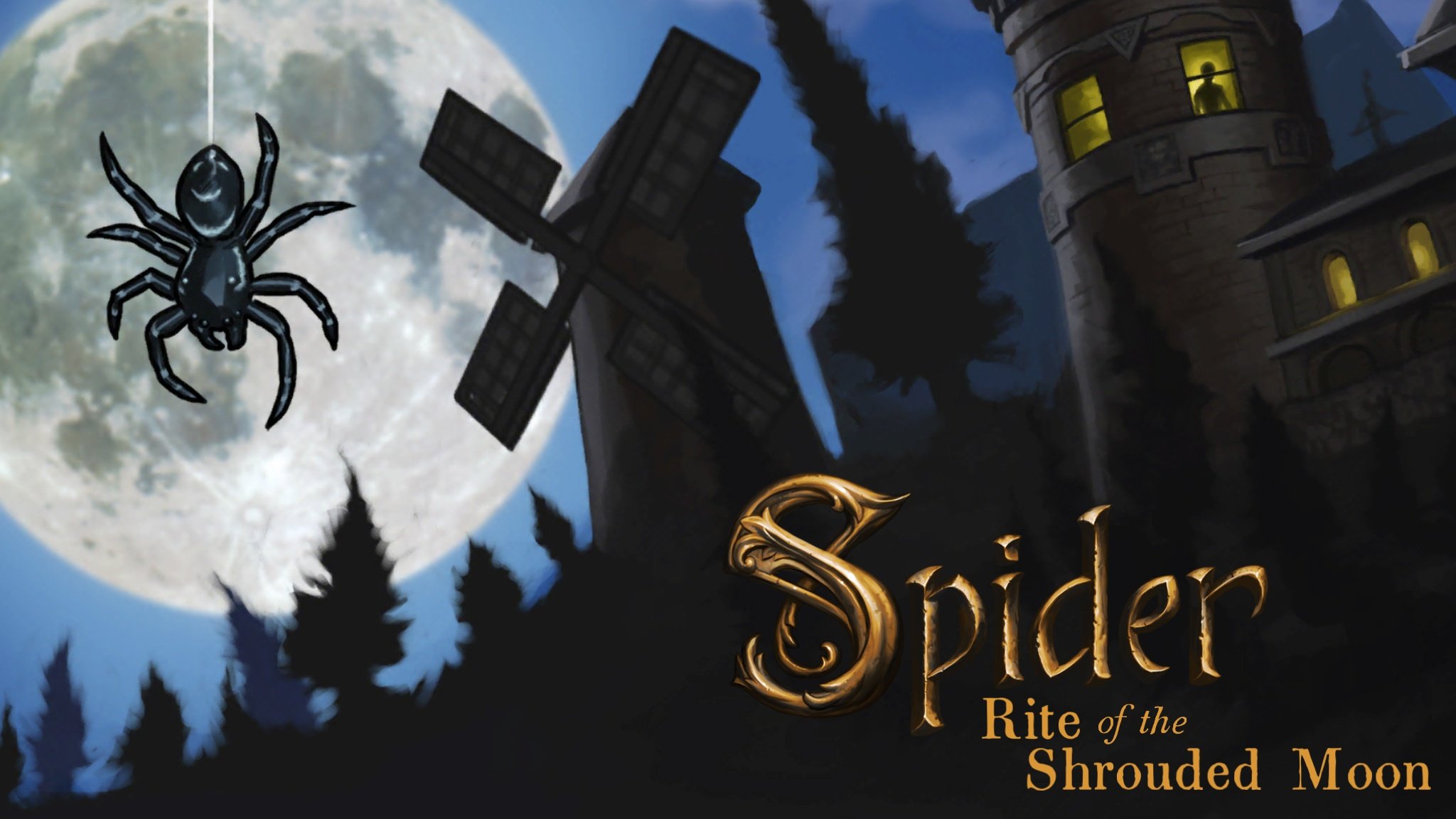
In 2009, developer Tiger Style surprised players with a game unlike any we’d experienced on mobile. Spider: The Secret of Bryce Manor combined simple arcade gameplay with a surprisingly deep and mature narrative, told only through the rooms and remnants of a recently abandoned home. The game could be completed without tracking down all the evidence of what went on at Bryce Manor, but this background mystery was a critical drawing point for Spider’s atmosphere and experience.
Spider: Rite of the Shrouded Moon is the long-anticipated sequel to Bryce Manor, and it follows in its predecessor’s footsteps in both mechanics and mystery. Players will again take control of a nimble arachnid as he patrols the seemingly abandoned Blackbird Estate in search of insects to devour. Our furry protagonist can walk on walls and ceilings, jump across rooms, and thread lines of silk into geometric webs, all with simple, one-tap controls.
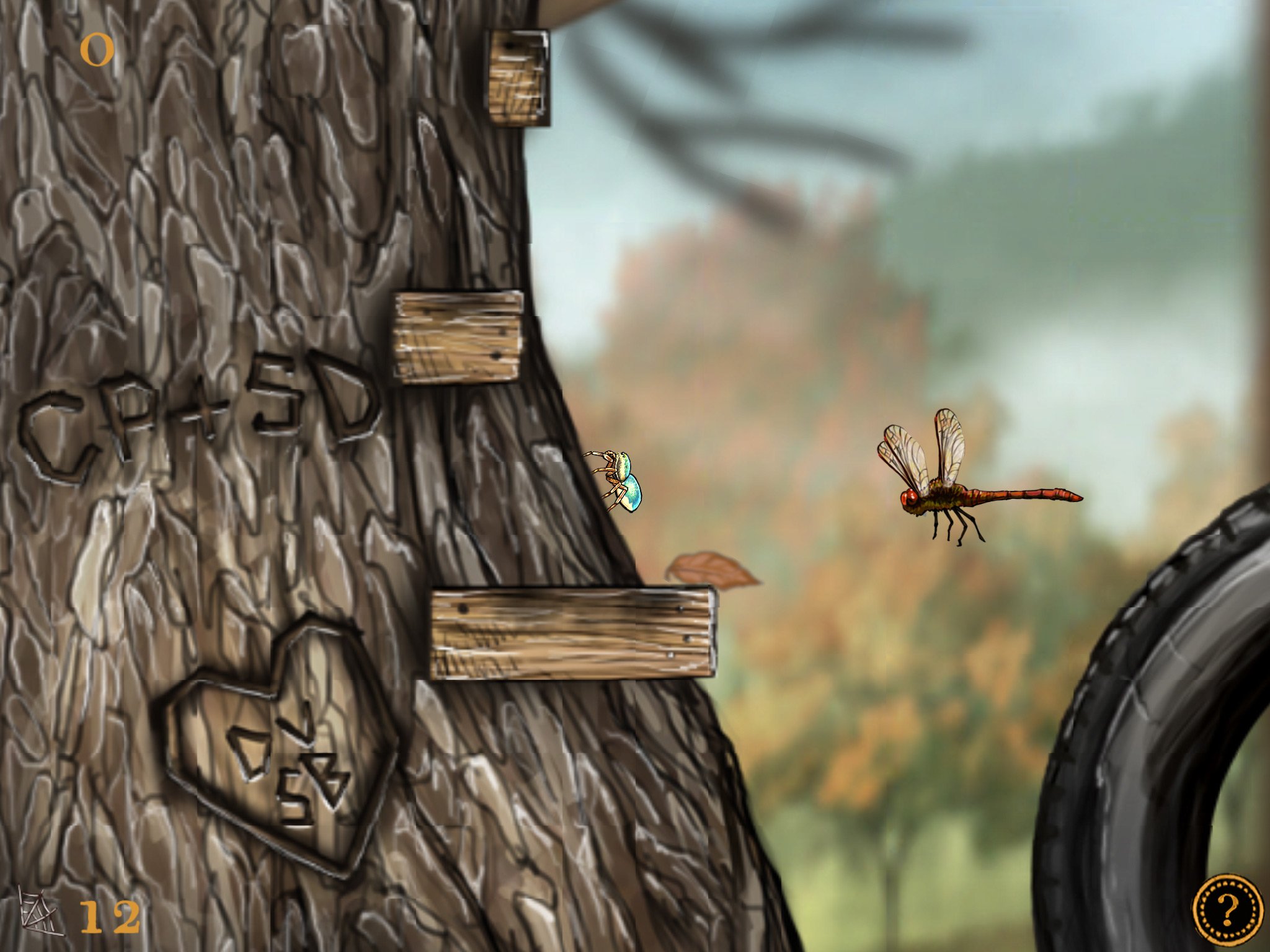
The spider’s motivations are entirely basic: find, trap, and eat bugs to survive. As in Bryce Manor, however, there’s no rush to meet these primal needs. You’re free to wander the estate’s vast wings at your own pace, explore its nooks and crannies, and build webs at your leisure. Each level represents one room or area of the estate—such as the carriage house, master bedroom, or mausoleum—that the spider will traverse as he scuttles his way forward. Unlike the original, many rooms in Shrouded Moon contain multiple areas that can be accessed via passageways both secret and marked. The master bedroom, for instance, is split into “her side,” “his side,” and the fireplace in between, with each of these three set up as standalone areas moved between by touching the transition arrows on screen. This creates a much larger world to uncover and a greater sense of exploration, since a single stage in Shrouded Moon might be as big as three stages combined in Bryce Manor.
Adding to this increased scale are different room arrangements, weather and time changes, and a variety of new insect types. Some levels feature an overhead perspective instead of the standard side-view: in this viewpoint, the spider doesn’t weave webs, but instead dashes at floor-bound bugs like ants. This provides not only a change-up in gameplay, but also a unique perspective on the rooms themselves, allowing players to glimpse subtle hints at story secrets such as footsteps leading into what initially appeared to be a dead end.
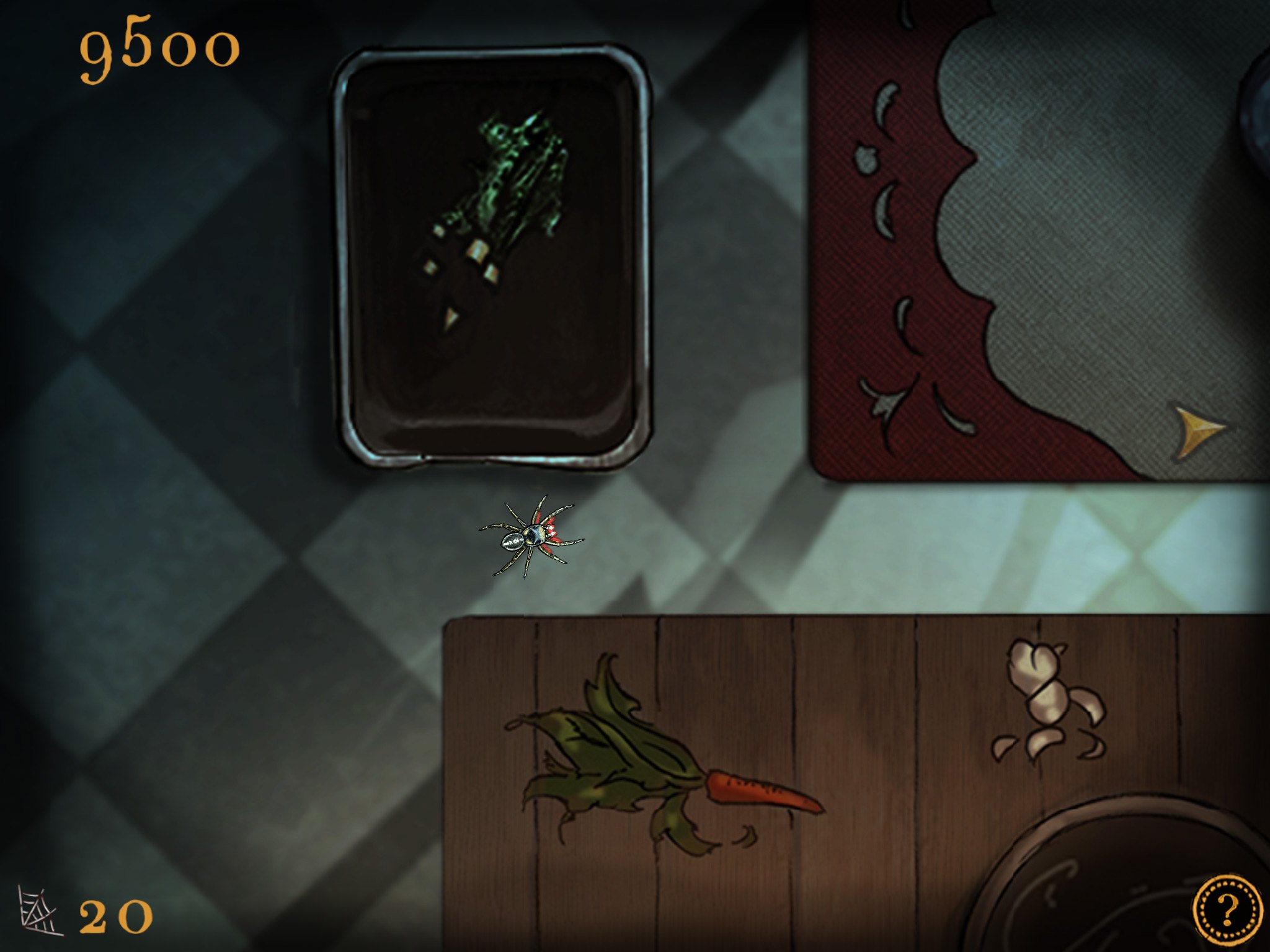
The new weather and time system also expands players’ interactions with the game, allowing the same room to play differently four times. Shrouded Moon uses location services to track players’ current time and weather (if these are turned off, it will just use “Blackbird Estate” as the location), adjusting the in-game environment to match your own. Levels will change from day to night and clear to rainy, meaning you can play on a clear day, clear night, rainy day, or rainy night, with subtle differences between each.
Your spider can crawl up a drain pipe on a clear day, but the same pipe on a rainy day will be inaccessible due to the steady stream of water. A seemingly benign glass mosaic will light up when struck by moonlight. A windmill that stutters and stops on a clear day will spin freely in the rain. These changes can affect where your spider can travel, but even when they’re merely aesthetic, they add a beautiful variety to the game that encourages replaying stages at different times.
https://www.youtube.com/watch?v=wCFrIfp9WeQ
Shrouded Moon’s other greatest improvement is the expansive list of insects available to hunt down and capture. In addition to old standbys like the easily trappable lacewing and the must-tackle hornet, this time around our spider has to contend with everything from free-falling inchworms to aggressive fire ants that will strike back, reducing your precious silk supply. Stages’ insects will also change depending upon the weather and time, so a room packed with hornets during the day may be overrun with moths at night. There are a much larger variety of strategies required to capture all the different insects available, from building a “strong web” (one with obtuse angles) for large critters to bouncing skittish ones into your net like a spider volleyball.
Because of this, Shrouded Moon is definitely an improvement in the bug-catching gameplay itself: whereas in Bryce Manor I became slightly bored of trapping insects, the sequel’s action has kept my attention across dozens of levels and level replays. Tiger Style has definitely focused on the gamification of Spider this time, adding global leaderboards to the end of each stage, a gallery of collected insects, unlockable spider variations, more apparent score notifications, and even a recording of the clues you’ve found related to multiple mysteries scattered around Blackbird Estate.
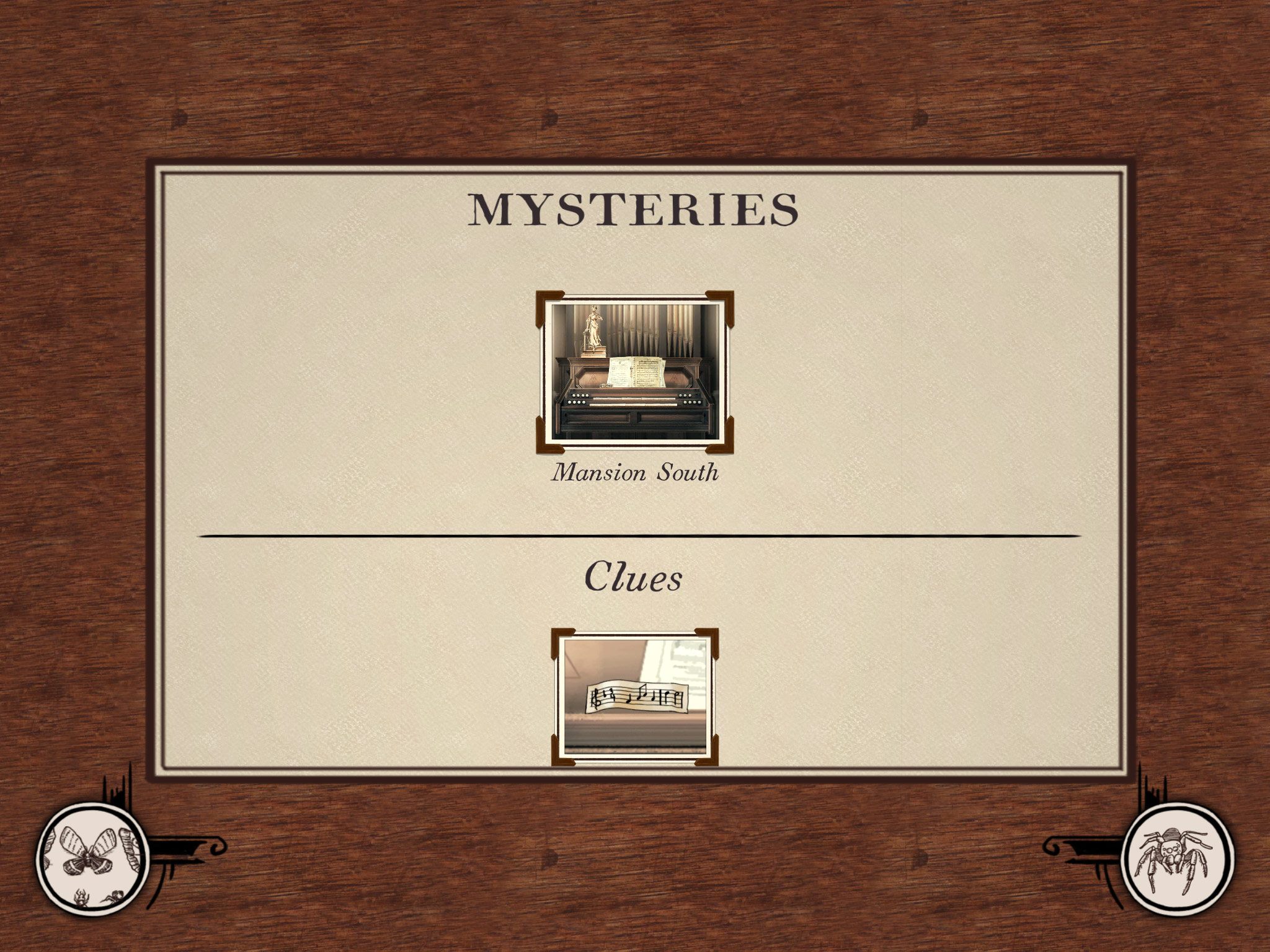
It’s this last item that is Shrouded Moon’s only downgrade from Bryce Manor. In the first Spider, players’ only requirement was eating enough insects to unlock the next room and continue progressing through the house. The story was presented solely through the items and arrangements of the rooms themselves: uncollected newspapers, a toppled chair, hidden letters, portraits of “happier” times. You could mentally piece together the mystery as you went along, but you didn’t have to—after all, you’re just a hungry spider. Shrouded Moon uses the same invigorating storytelling techniques and will be a special treat to players familiar with Bryce Manor; persons we previously “met” through their left-behind belongings show up in similar objects at Blackbird Estate, filling in more details of the greater mystery and creating even more questions.
You’ll still stumble on secret hints to what happened here as you go along, from a distinctive pair of red shoes in a basement to a hidden ticket with the initials N. Bryce and L. Bryce stamped upon it. But you’ll also be forced to actively solve mysteries in order to progress to new levels. The clues that are tracked in the game’s menu are used to solve Mysteries in each of the Estate’s unique locations. There’s a Barn Mystery, a South Mansion Mystery, etc. After you’ve collected all of the related clues—usually by finding a secret room or item—you’ll have to use them on a device to solve the Mystery. As a mostly spoiler-free example, after finding a torn sheet of music, your spider will need to input the notes in order on a musical instrument to open up a secret location.
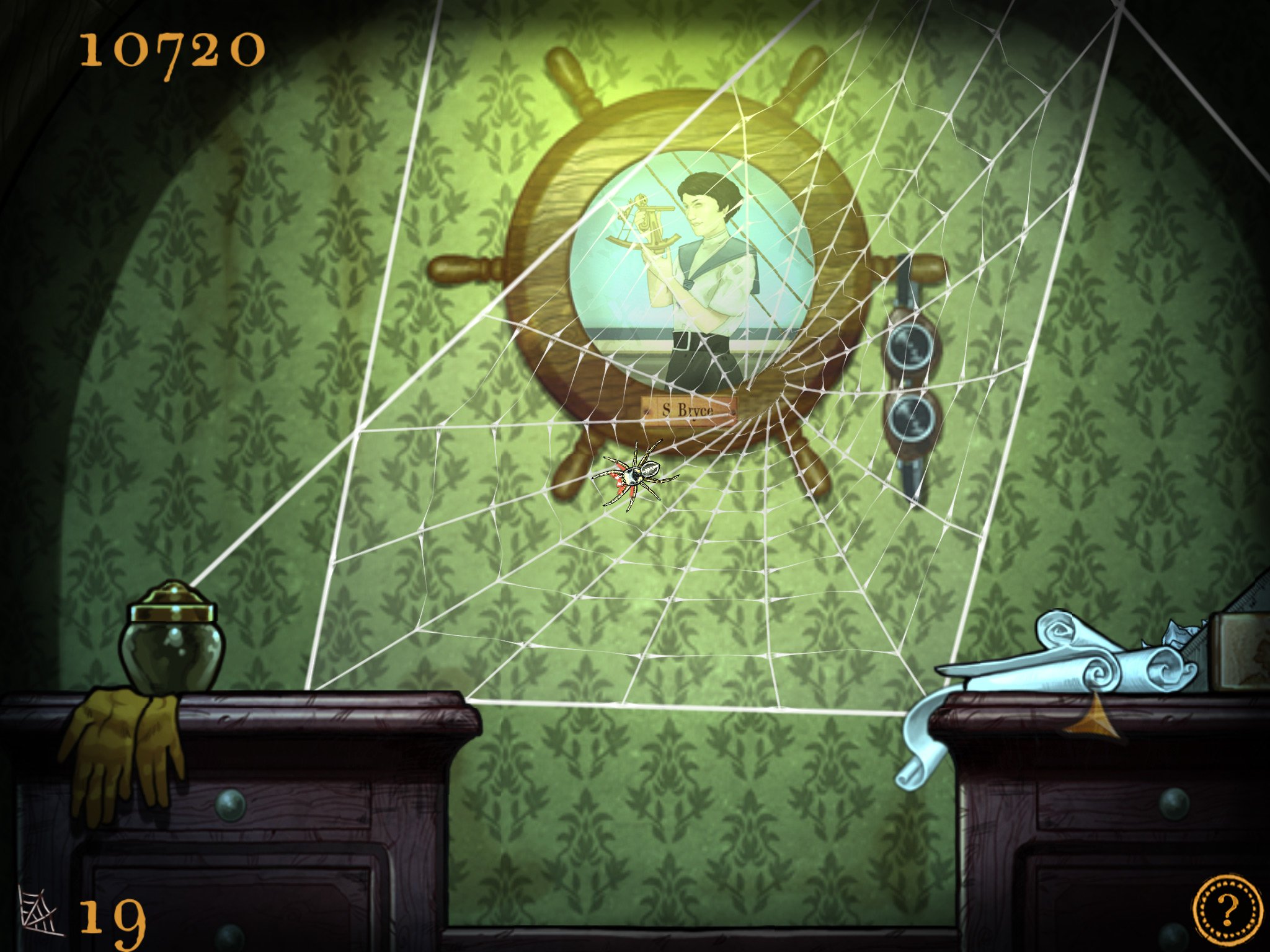
This is similar to the way the larger mystery at Bryce Manor played out, but there are seven of these extended Mysteries in Shrouded Moon, and each one blocks off access to the rest of the house until you solve it. This means you may find yourself stuck on a Mystery, either because you’re unsure how to solve it or you’re waiting on the correct weather / time / phase of the moon to unlock it, which means you’re simply stuck, period.
This is frustrating from a general gameplay standpoint, but the real disappointment is that it significantly changes the feel of Shrouded Moon. Bryce Manor was engaging because the narrative was a surprise hidden in the background of a straightforward arcade game; it almost felt like something we weren’t supposed to see and were only gaining access to through our nonthreatening spider form. In forcing the Mysteries on the player, Shrouded Moon loses some of that mystique and becomes a grindy puzzle game instead of an unexpected thriller. This is a shame because the story itself—from the continuation of the original to the new, and very creepy, additions—is just as interesting as Bryce Manor’s, but discovering it is less engrossing due to its overt “hey, look at this!” approach.
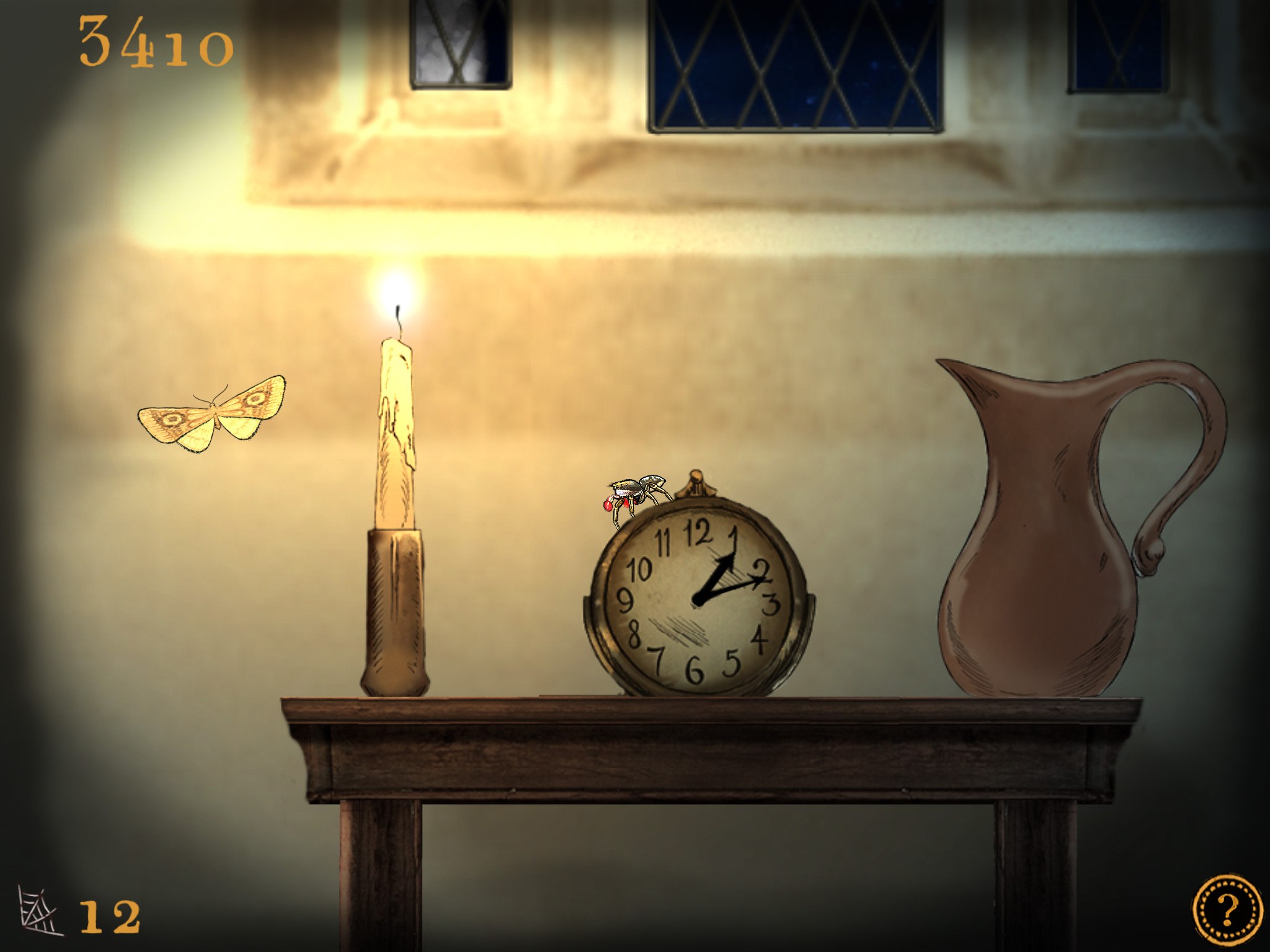
The previously mentioned areas of gamification also detract from the atmosphere, reminding players that they’re playing a game after every stage. I tried turning off leaderboard stats, but this didn’t prevent the leaderboard pop-up after every level. Completing a level always sends you back to the Estate map screen instead of to the next connected room. This was likely chosen because Blackbird Estate has multiple spaced out locations that you can attempt in any order—I opened up access to the “North Mansion” and “Grounds” at the same time—but this is again less immersive than Bryce Manor’s room-by-room progression that really made you feel like a spider wandering an empty home, rather than a player tackling a series of stages.
This is the sequel’s only major drawback, and to some players it may not even be considered a negative. Shrouded Moon is really just walking a fine line between technical accessibility and immersion, and it’s favored the former in this instance. This makes the game easier to pick up and play, to put down and return to later, and to tackle at your own pace, especially with high scores in mind.
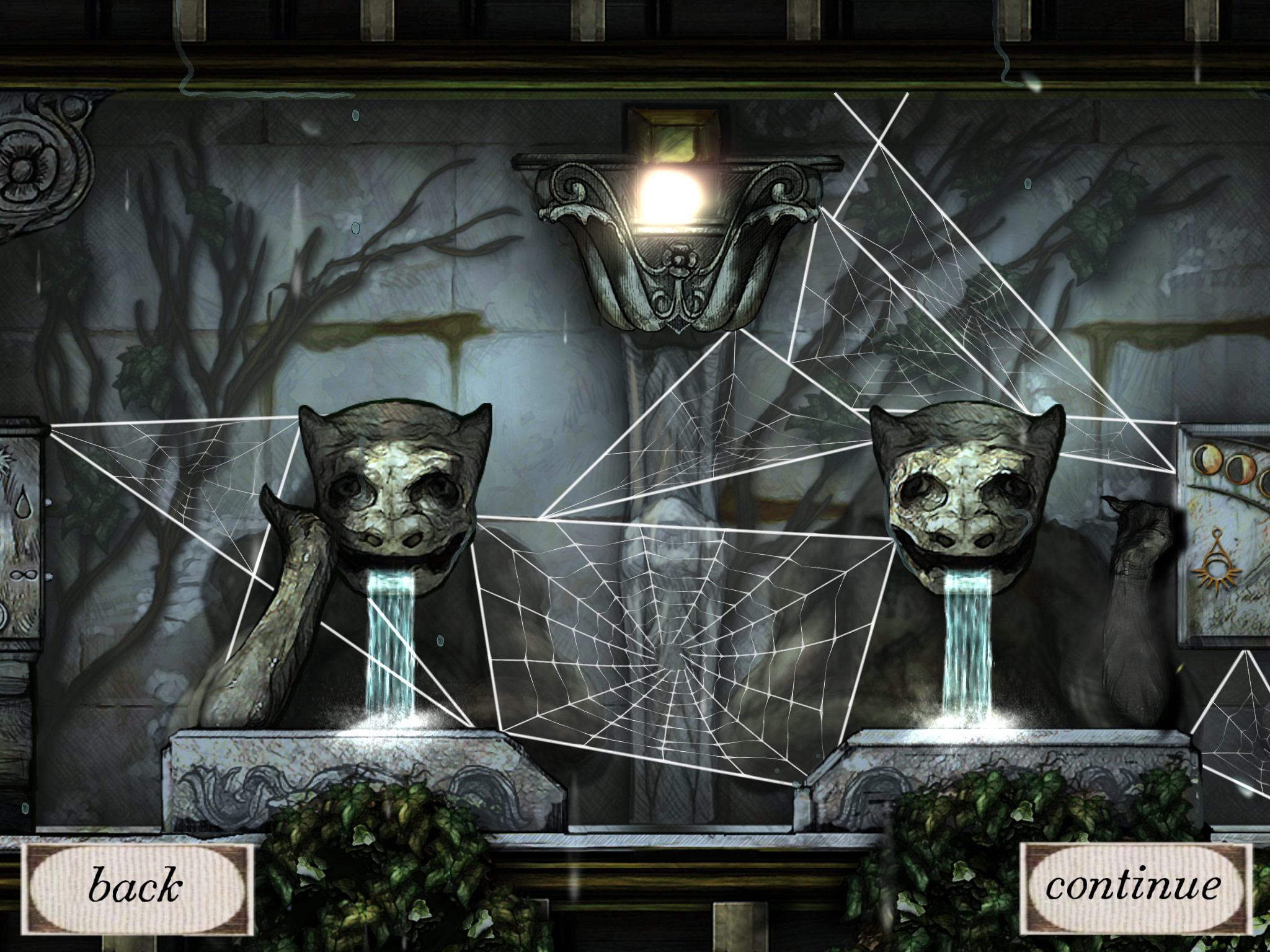
However, having just replayed Bryce Manor before diving into Shrouded Moon, I slightly preferred the original’s immersion to the sequel’s gameness. As a game, Shrouded Moon is the clear winner: the large variety of insects, massive and intricate rooms, and stage changes due to weather all create a hugely diverse world to explore and conquer. The tracked Mysteries—despite being forced on players—make the story easier to follow and uncover without wondering if you’re on the right track.
But as an experience, Bryce Manor still has the upper hand. Uncovering clues unintentionally and without feeling like you have to pixel-hunt every corner of the house let us feel like we were in on a secret no one else was. We were simultaneously spider and player, whereas in Shrouded Moon, we’re more often just the latter.
Taken together, though, the two Spider games create an amazing gaming event that’s not to be missed. The disturbing narrative that spans both titles is best experienced via playing through each, the two threads of a dark and consuming web.

The good
- A beautiful expansion on the first entry's story and style, with even more engaging gameplay.
- Time and weather system essentially quadruples the replay value by making each room play differently during day / night and clear / rain.
- Lots of new insects with unique styles of capture to discover and figure out.
- A larger estate with bigger, and more interactive, rooms to explore and darker secrets to uncover.

The bad
- Mysteries must be solved in order to progress through the game, emphasizing puzzle solving over subtle storytelling.
- Some puzzles / secrets can only be solved during certain weather / time / phase of the moon, allowing players to get stuck waiting for one of these to change.
- The "weather device" that changes weather / time can only be used for a few stages per phase of the moon, making it essentially useless.
More articles...
Monopoly GO! Free Rolls – Links For Free Dice
By Glen Fox
Wondering how to get Monopoly GO! free rolls? Well, you’ve come to the right place. In this guide, we provide you with a bunch of tips and tricks to get some free rolls for the hit new mobile game. We’ll …Best Roblox Horror Games to Play Right Now – Updated Weekly
By Adele Wilson
Our Best Roblox Horror Games guide features the scariest and most creative experiences to play right now on the platform!The BEST Roblox Games of The Week – Games You Need To Play!
By Sho Roberts
Our feature shares our pick for the Best Roblox Games of the week! With our feature, we guarantee you'll find something new to play!All Grades in Type Soul – Each Race Explained
By Adele Wilson
Our All Grades in Type Soul guide lists every grade in the game for all races, including how to increase your grade quickly!







